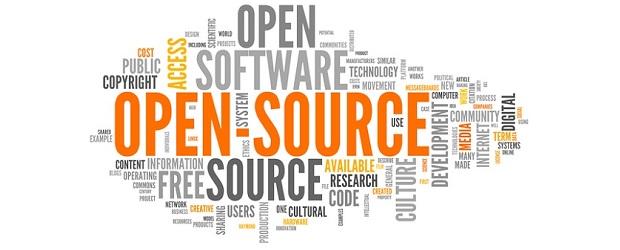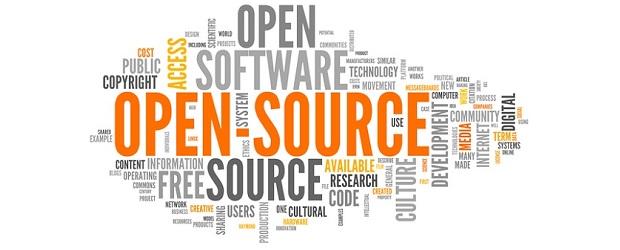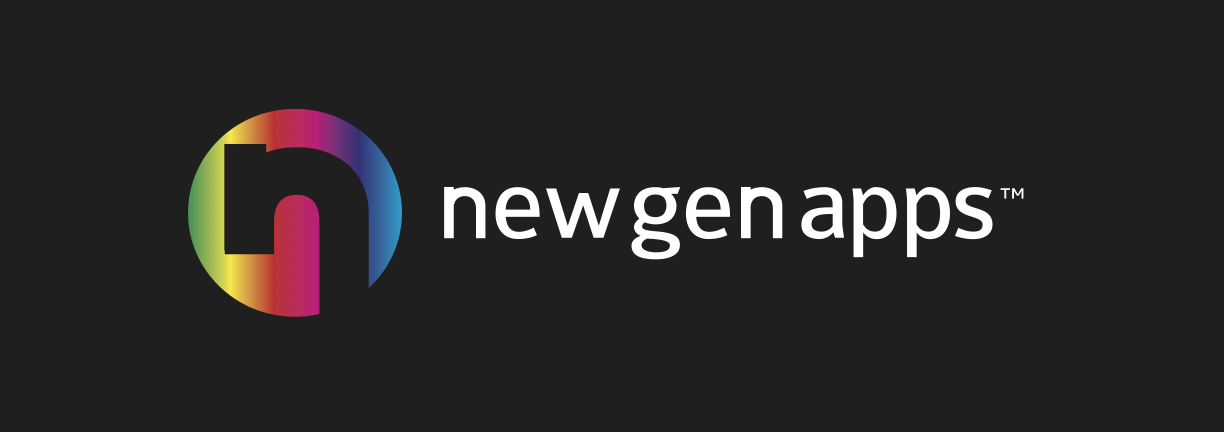

Unlike other software, Open Source refers to any language or framework whose source code falls within the open source protocol and is freely available to its users who can use it, inspect it, modify it or enhance it, and distribute their own versions of the program. It is a non-proprietary, collaborative software development method that harnesses the power of peer review and transparency of process to develop code that is freely accessible.
Since there are no licensing fees or other restrictions on the software, anyone can use the program for any purpose. Any number of copies of the original program can be distributed with the freely available source code by the user or the developer.
With the evolvement and diversification of programming languages, many in the computer and software development communities began to see a potential for non-proprietary software and coding languages which eventually led to the foundations of the evolvement of open-source languages. The terms of the software ought to comply with the following criteria:
1. Free redistribution
The license must not prohibit any party from selling the software or disclose it as a constituent of an aggregate software distribution containing programs from several different sources. The license shall not involve a royalty fee or other fee for such sale.
2. Source code
The program must contain source code and must allow its distribution in a compiled form, preferably in which a programmer would modify the program. Deliberately obfuscated or intermediate forms source code is not allowed.
3. Derived works
The license shall allow derived works to be circulated under the same terms as the license of the original software.
4. Integrity of the Author's source code
The license must clearly allow distribution of software built from customized source code. It may require derived works to have a name or version number different from the original software.
5. No discrimination against persons or fields of endeavor
The license must not discriminate against any person or anyone from making use of the program in a specific field of endeavor like being used either in a business or from being used for genetic research.
6. Distribution of license
The privileges attached to the program must be valid to all to whom the program is redistributed without the need for execution of an additional license by those parties. It must not be specific to a product and it must not restrict its distribution with other licensed software.
7. License must be technology neutral
The provision of the license must not be predicated on any individual technology or style of interface.
The future of Open Source
The future of open source delivery model is very promising. One of the developments of arcs involves emerging cloud computing. The cloud services, e.g. from Google or Amazon are built primarily with the open source technologies in mind. They offer solutions to data management or big data applications based on open source.
With the passage of every day, people prefer more open source software instead of proprietary software. A growing trend in its usage has been observed due to the following reasons:
1. Freedom of accessing source code
This freedom provides benefits like
- More responsive to changing business requirements.
- Faster resolution of software defects
2. Cost of license fee
Because of zero cost license fees,
- OS licenses cover an unlimited number of end-users while the fee for proprietary software packages increases significantly with the number of end-users.
- Organizations can spend their unspent resources on innovation and digital transformation
3. Limitations of proprietary software
Proprietary software vendors limit the licensee by:
- Preventing the licensee from making changes to the software.
- Creating dependence on the support infrastructure of the software vendor.
- Creating reliance on the new feature definition and release schedule of the software vendor
4. The pursuit of digital transformation
Open source provides a lot of software component along the path to digital transformation to enable maximum automation and business process improvement. Examples of such software components which cannot be acquired and maintained from proprietary software vendors are:
- Software-defined computing infrastructure (SDI).
- Development operations (DevOps) because no organization can rely entirely on software packages.
- A hybrid cloud based on OpenStack or an alternative.
- A more sophisticated suite of applications.
5. Safety and reliability
Collaborating on open-source code by a diversity of developers entails a higher likelihood of safety and security issues. Continuous evolving of OS in real time as developers modify it results in better quality and more security. Moreover, OSS is often less prone to bugs than proprietary systems.
6. Personal control and customization
- Developers can modify and adapt open-source software to their own requirements, which is impossible to do with proprietary software
- Users are generally able to access the software as many times, and on as many devices, as they wish.
7. Flexibility
An open-source program is more flexible. For example, Windows 8’s new interface disappointed many long-time desktop Windows users. Because Windows is closed-source, no Windows user can take the Windows 7 interface, modify it, and make it work properly on Windows 8.
8. Better quality, collaboration and efficiency
Open Source is created and supported by a global community of organizations and individuals. Since open-source software solutions are explicitly available and can be freely used, it’s often much faster and less expensive to evaluate and implement these solutions. The worldwide communities often introduce new capabilities faster and more efficiently than internal teams who work on proprietary software. The united power of a community of talented developers working collaboratively towards the same goal results in not only more rapid development and troubleshooting but also in an overall increase in the pace of innovation
9. Training
People other than developers prefer open source as it helps them become better programmers. Because of its public accessibility, students can easily study it as they learn to make better software and develop their skills inviting comment and critique, while they work. Once a mistake is found out in programs' source code, they can share those mistakes with others to help them avoid making those same mistakes.
Adoption of Open Source by organizations
Chrome OS and Android are operating systems developed on Linux and other open-source software. The core of Apple’s OS X or iOS was built on open-source code too. Swift was made open source by Apple. Valve is frantically working on porting their Steam gaming platform to Linux, as this would permit them to create their own hardware and manage their own destiny in a way that isn’t possible on Microsoft’s Windows. Twitter Heron was made open-source in 2016.
Open-source development is enjoyable, intellectually stimulating, and a skill-improving experience. If you want to build a career in software development, then participate in an OSS project as it is a great path to allow programmers to improve their skills by working collaboratively on exciting projects.

Why small businesses should invest in apps
In the present modern world, digital media has a gigantic place in our lives. Notwithstanding, numerous small-scale business owners or startups...

Best methods to overcome mobile app usability problems
Today the concern of mobile application usability is a major worry for many organizations. The users demand a consistent mobile application...


